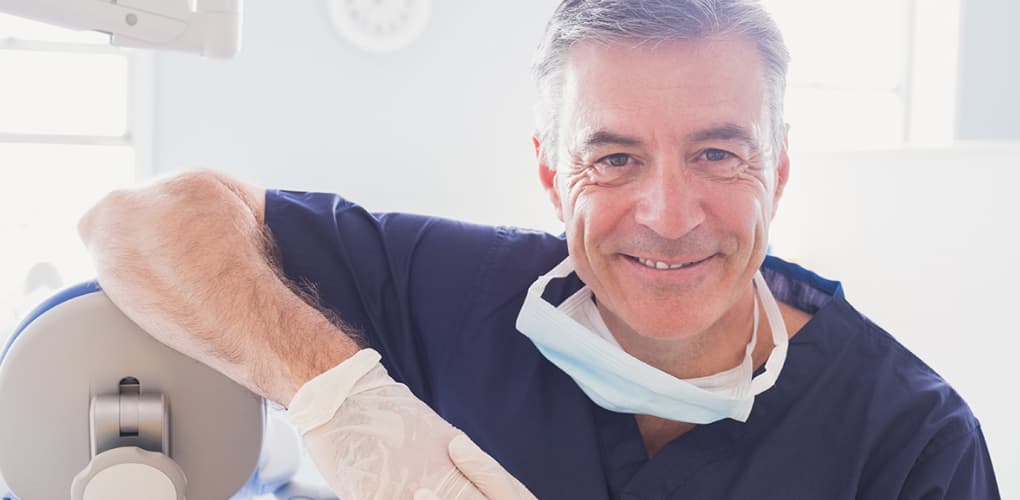Increase in Stress-Related Oral Health Conditions and Other ADA Findings

Taking extra precautions due to the continued threat of COVID-19 and the emerging flu season, nearly all dental practices have resumed service. As patients return, dentists have seen the toll the pandemic is taking on teeth through an increase in stress-related oral health conditions.
The Health Policy Institute (HPI) within the American Dental Association (ADA) conducted a COVID-19 impact poll during the week of September 21. A majority of dentists had seen an increase in stress-related oral health conditions since resuming care.
The dentists who were polled reported increases in several conditions, such as:
- 59.4% of dentists reported increases in the prevalence of bruxism.
- 53.4% reported increased chipped and cracked teeth.
- 53.4% reported increased temporomandibular disorder symptoms.
- 29.7% reported an increase in periodontal disease.
- 26.4% reported an increase in caries.
These oral health conditions are physical manifestations of the pandemic’s mental health toll. It’s important to remind patients of two factors that can lead to tooth trauma: poor posture and poor sleep. Poor posture — which more patients may experience as they work from home and not necessarily at a desk — can lead to teeth grinding at night, and poor sleep or insomnia can also lead to teeth grinding and jaw clenching.
The HPI survey included other statistics on the status of the dental industry and economy, which the ADA predicts will recover in 2020 and 2021. According to the survey, more than 99% of dental offices in the U.S. were open. In New York State, 45.2% of practices were open and experiencing business as usual, 53.2% of practices were open with lower patient volumes and 1.6% of practices were still closed to all patients, as of the survey date.
Of New York dentists surveyed, 10% had less than half of their normal patient volume; 12.8% of dentists had 51-75% of normal patient volume; 24.4% of dentists had 76-85% of their normal patient volume; 27.2% had 86-95% of normal patient volume; and 25.6% had more than 95% of their normal patient volume.
More than half of New York dentists said they have at least 14 days’ worth of personal protective equipment (PPE). 30.6% had 8-14 days’ worth, and the remaining 15% of dentists had less than that or didn’t know.
Many dentists have experienced financial insecurity or difficulty during the pandemic. Nearly half (44.6%) have borrowed money from a bank, 30% have raised fees and 20% have reduced their dental teams. More than half of the dentists polled said they would consider raising fees if patient volume remains what it is now through 2020.
You can read full results of the survey here.
Another poll found that fewer than 1% of dentists around the country had COVID-19 infections as of June. The study was conducted by the HPI and the ADA Science and Research Institute (ADASRI). Only 20 dentists of the 2,195 respondents said that they had a confirmed or probable COVID-19 infection, despite being named one of the most at-risk professions for infection in March. “The profession has taken this issue extremely seriously, and it shows,” said Marko Vujicic, Ph.D., chief economist and vice president of the ADA HPI.
Dentists are reminded to visit the New York State Dental Association website for up-to-date information on NYS Health Law alerts and more. MLMIC also encourages dental providers to monitor all COVID-19-related updates on our resources page and continue to consult our detailed blog post on safely managing practices during the pandemic.



